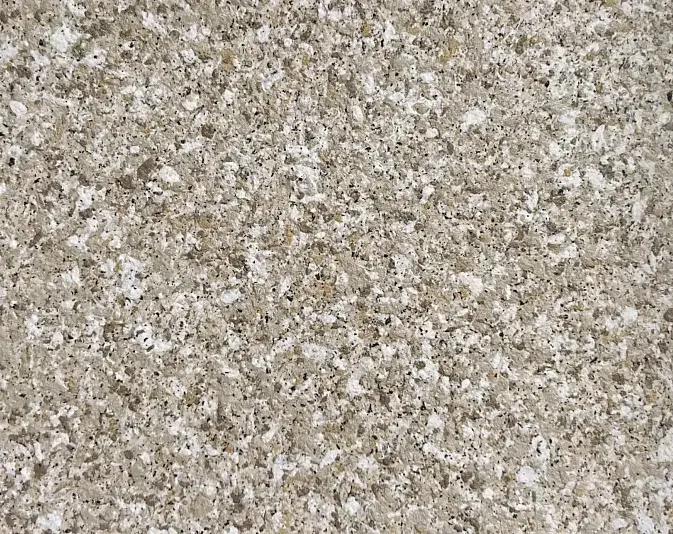There is a type of paint called imitation stone paint, which, when applied to building surfaces, replicates the luxurious appearance of natural stone at a fraction of the cost. Below is a detailed introduction to this innovative decorative material.


1. Key Features
- Realistic Stone Effect: Mimics granite, marble, and sandstone textures with vivid color granules and 3D depth.
- Lightweight & Safe: Only 10% the weight of real stone, ideal for high-rises without structural concerns.
- Budget-Friendly: 30-50% cheaper than natural stone, with faster installation.
- Superior Durability: UV-resistant, waterproof, and crack-proof, lasting 10-15 years.
- Eco-Conscious: Low-VOC, water-based formulas meet green building standards.
2. Common Varieties
- Sandstone Paint (Real Stone Paint): Granular texture resembling quarried stone.
- Water-Based Multicolor Paint: Smooth, marble-like finishes with dynamic color blends.
- Hybrid Water-in-Sand Paint: Combines gritty texture with multicolor effects.
3. Installation Steps
- Surface Prep: Clean, level, and prime walls to prevent alkali efflorescence.
- Base Coat: Enhances adhesion and uniformity.
- Stone Effect Layer:
- Spray-applied for natural-looking mineral patterns.
- Protective Topcoat: Seals against stains and weathering.
4. Ideal Use Cases
✔ Modern villas & apartments
✔ Shopping malls & office towers
✔ Historic building restorations
✔ Interior accent walls
5. Advantages vs. Limitations
✓ Pros: Endless design options, easy maintenance, excellent adhesion
✗ Cons: Requires skilled applicators; may fade slightly over decades
6. Trusted Brands
- Global: Nippon (Japan), Sto (Germany)
- Local Leaders: SKSHU (China), Asian Paints (India)
7. Pro Tips
- Always request sample panels to verify colors
- Schedule application during mild weather (10-30°C)
- Gentle cleaning preserves the finish
By combining the prestige of stone with practical benefits, imitation stone paint has revolutionized facade design.
